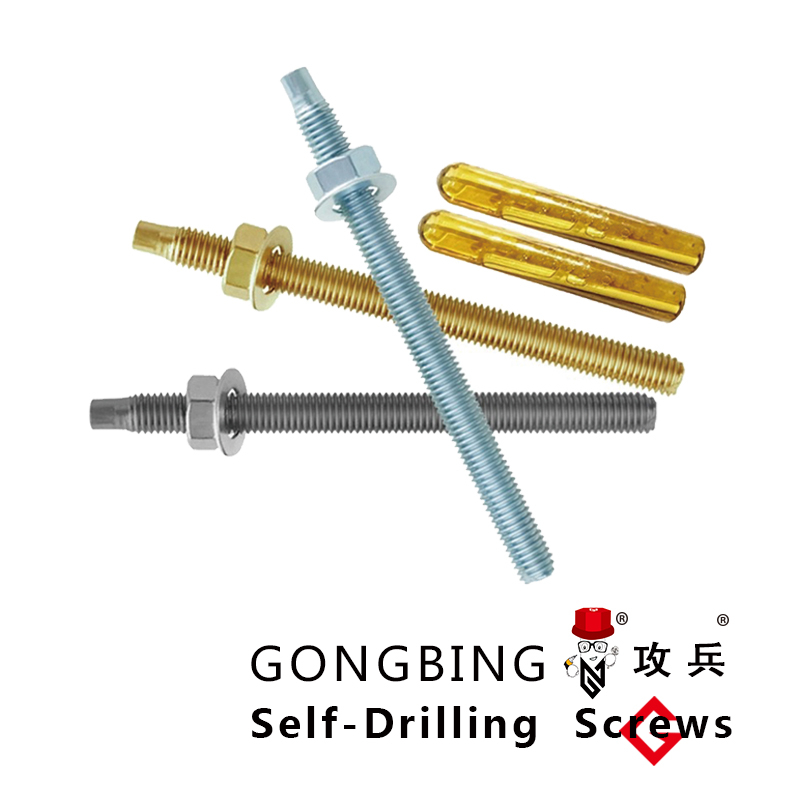Understanding the Benefits and Applications of Insulation Nails in Construction
Understanding Insulation Nails An Essential Tool for Efficient Insulation Installation
In the realm of construction and home improvement, insulation plays a critical role in enhancing energy efficiency, reducing energy costs, and improving comfort. One of the often overlooked but essential components in the insulation process is the use of insulation nails. These specialized fasteners are designed to securely hold insulation materials in place, ensuring that they perform optimally over time. In this article, we will explore the importance of insulation nails, their types, applications, and installation techniques.
What are Insulation Nails?
Insulation nails are specifically crafted fasteners used to attach insulation materials such as rigid board insulation and foam board insulation to various substrates, including concrete, wood, and metal. They typically feature a large, flat head that provides stability and distributes the load across the insulation material, preventing punctures and tears. These nails can be made from a variety of materials, including plastic, steel, and aluminum, making them suitable for different environments and insulation types.
Benefits of Using Insulation Nails
1. Secure Attachment Insulation nails provide a robust and secure attachment for insulation boards, ensuring they remain in place even under extreme conditions such as high winds or thermal expansion.
2. Time-Efficiency Installing insulation with nails is often quicker than using adhesive or other fastening methods, as they can be easily hammered or driven in with a pneumatic tool.
3. Greater Stability The wide heads of insulation nails help to stabilize the insulation, preventing it from shifting or sagging over time, which can lead to thermal bridging and decreased energy efficiency.
4. Versatility Insulation nails can be used in various applications, from residential insulation projects in attics and basements to larger commercial and industrial insulation endeavors.
Common Types of Insulation Nails
1. Steel Insulation Nails These are heavy-duty nails used for securing rigid foam insulation to concrete or masonry surfaces. Their strength makes them ideal for high-stress applications.
2. Plastic Insulation Nails Lightweight and corrosion-resistant, plastic nails are often used in environments where moisture may be a concern. They are suitable for both interior and exterior insulation projects.
insulation nails

3. Long-Stemmed Insulation Nails These nails feature a longer shaft and are designed for use with thicker insulation materials. They provide additional holding power and stability.
4. Pneumatic Insulation Nails These nails are utilized with pneumatic nailers for fast installation. They are commonly employed in large-scale projects where time efficiency is paramount.
Installation Techniques
Installing insulation nails correctly is crucial for achieving optimal performance. Here are some basic steps
1. Preparation Before installing insulation, ensure that the surface is clean and free of debris. This helps form a good bond between the insulation and the substrate.
2. Measuring and Cutting Measure and cut the insulation material to fit the installation area. It should be cut slightly larger to ensure a tight fit.
3. Positioning Place the insulation in its desired position. It should be snug against the surface without any gaps or voids.
4. Nailing Begin at one corner and use a hammer or pneumatic tool to drive the insulation nails in, placing them at regular intervals (typically every 12 to 24 inches) around the perimeter and in the field of the insulation.
5. Check for Stability After all the nails are installed, check the insulation for stability. It should be firmly in place without any movement.
Conclusion
Insulation nails may seem like a small detail in the grand scheme of insulation installation, but their role is pivotal. They provide security, stability, and efficiency when applying insulation materials. By understanding the types of insulation nails available and employing proper installation techniques, homeowners and contractors can ensure that their insulation systems deliver maximum energy efficiency and comfort for many years to come. For anyone undertaking an insulation job, investing in high-quality insulation nails is a decision that pays off in the long run.
-
Weatherproof Plastic Expansion Anchors for OutdoorNuachtJun.06,2025
-
Sustainability in the Supply Chain: Eco-Friendly TEK Screws ProductionNuachtJun.06,2025
-
Load-Bearing Capacity of External Insulation FixingsNuachtJun.06,2025
-
Double Head Bolts: Enhancing Efficiency in Industrial MachineryNuachtJun.06,2025
-
Corrosion Resistance in Chipboard Screws: Coatings for Wholesale DurabilityNuachtJun.06,2025
-
Butterfly Toggle Bolts : Enhancing Structural ResilienceNuachtJun.06,2025
